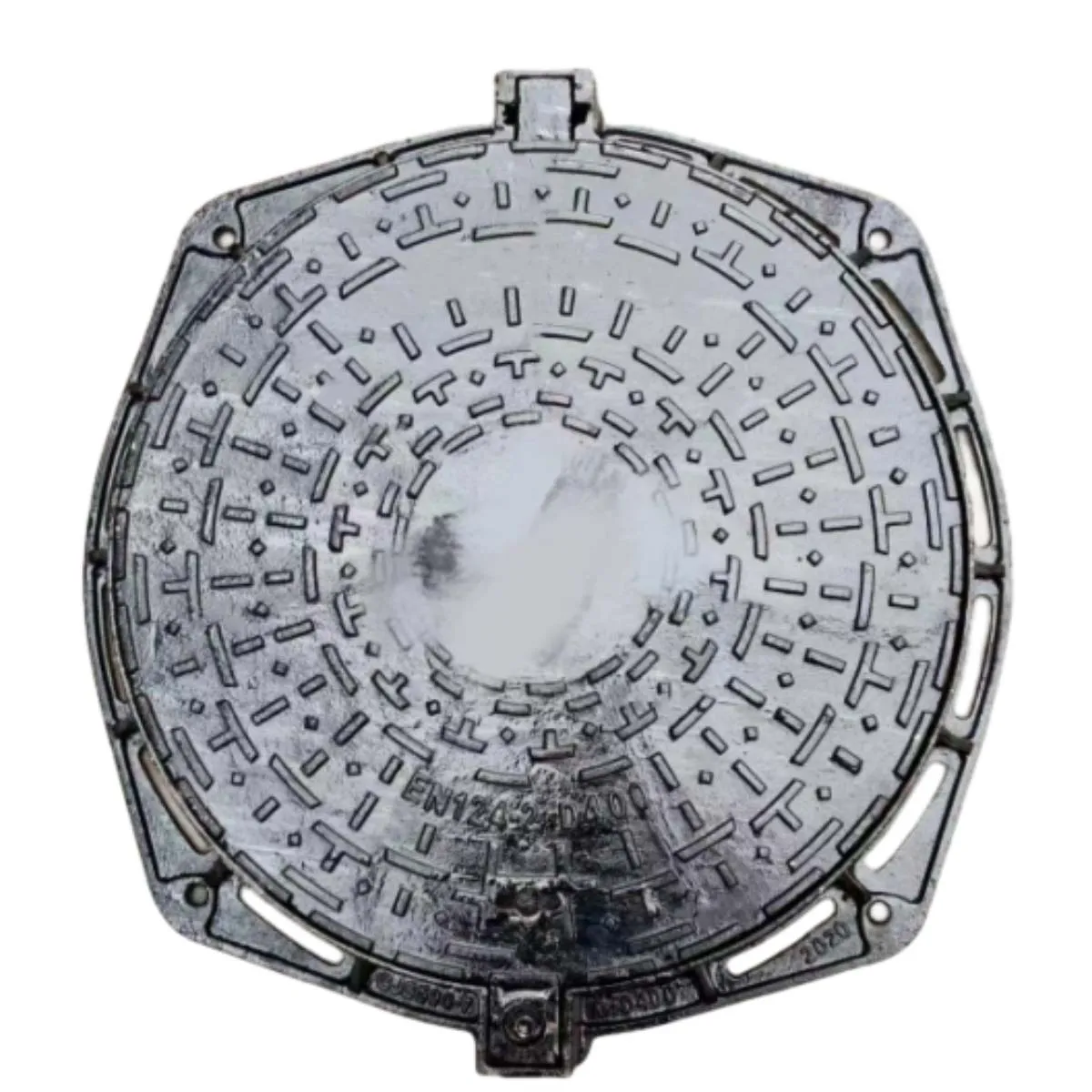Bidirectional Butterfly Valve Applications and Benefits in Fluid Control Systems
Understanding Bidirectional Butterfly Valves Applications and Advantages
Butterfly valves are integral components in various industrial applications, particularly in fluid control systems. Among the various types of butterfly valves, the bidirectional butterfly valve stands out due to its versatility and efficiency in managing flow in both directions. This article explores the characteristics, benefits, and applications of bidirectional butterfly valves, helping to illuminate their crucial role in modern engineering.
What is a Bidirectional Butterfly Valve?
A butterfly valve is a quarter-turn valve that uses a rotating disc to regulate flow. In a bidirectional butterfly valve, the design allows for fluid flow in either direction, providing added flexibility compared to unidirectional valves. The disc, usually mounted on a shaft that is connected to an actuator, can be rotated to open or close the passageway. This mechanism is simple yet effective, making butterfly valves a popular choice in various industries.
Key Features of Bidirectional Butterfly Valves
1. Compact Design Bidirectional butterfly valves typically have a more compact design compared to other valve types. This compactness allows for easy installation in tight spaces, making them ideal for applications where space is limited.
2. Easy Operation The quarter-turn operation of butterfly valves simplifies the opening and closing process. This feature reduces the need for complex control mechanisms and enhances ease of use.
3. Low Pressure Drop Butterfly valves generally maintain a low pressure drop during operation, facilitating efficient flow control and contributing to energy savings in the system.
4. Versatility These valves can handle various media, including liquids, gases, and slurries, across a range of temperatures and pressures, making them suitable for industrial processes, irrigation, and HVAC systems.
Advantages of Bidirectional Butterfly Valves
1. Cost-Effectiveness Bidirectional butterfly valves are often more economical than other types of valves, both in terms of initial purchase price and ongoing maintenance costs. Their straightforward design minimizes potential points of failure, resulting in lower operational expenditures over time.
butterfly valve bidirectional

2. Reduced Maintenance With fewer parts compared to traditional valve types, bidirectional butterfly valves require less maintenance. The simplicity of the design leads to enhanced reliability and durability, making them a practical choice for many systems.
3. Flow Control These valves provide excellent throttling capabilities, allowing users to control flow rates effectively. Their ability to handle fluid flow in both directions adds to their functionality in complex piping systems.
4. Quick Response Times The quarter-turn operation enables rapid opening and closing, resulting in quick response times. In scenarios where immediate action is required, such as emergency shutdowns, bidirectional butterfly valves can be highly beneficial.
Applications of Bidirectional Butterfly Valves
1. Water Treatment Plants In water treatment facilities, bidirectional butterfly valves are commonly used for controlling the flow of potable water and wastewater. Their ability to handle high flow rates and corrosive substances makes them a preferred choice.
2. HVAC Systems In heating, ventilation, and air conditioning (HVAC) applications, these valves help regulate airflow with precision, contributing to energy efficiency and optimal indoor climate control.
3. Chemical Processing The chemical industry often utilizes bidirectional butterfly valves due to their compatibility with various chemicals and their ability to maintain tight seals, preventing leaks.
4. Power Generation In power generation plants, butterfly valves regulate the flow of steam, water, and other fluids, playing a critical role in maintaining operational efficiency.
5. Food and Beverage Industry With strict hygiene standards enforced in the food and beverage industry, the ease of cleaning and maintenance of bidirectional butterfly valves makes them an excellent choice for processing applications.
Conclusion
Bidirectional butterfly valves represent a significant advancement in valve technology, offering versatility, efficiency, and ease of use. Their ability to provide reliable control of fluid flow in both directions makes them invaluable in numerous industrial sectors. As industries continue to evolve and demand more efficient flow control solutions, the popularity of bidirectional butterfly valves is likely to increase, establishing them as a mainstay in modern engineering applications.
-
The Smarter Choice for Pedestrian AreasNewsJun.30,2025
-
The Gold Standard in Round Drain CoversNewsJun.30,2025
-
The Gold Standard in Manhole Cover SystemsNewsJun.30,2025
-
Superior Drainage Solutions with Premium Gully GratesNewsJun.30,2025
-
Superior Drainage Solutions for Global InfrastructureNewsJun.30,2025
-
Square Manhole Solutions for Modern InfrastructureNewsJun.30,2025
-
Premium Manhole Covers for Modern InfrastructureNewsJun.30,2025
